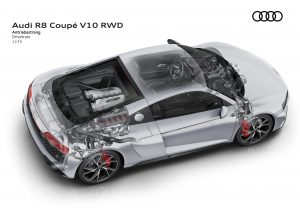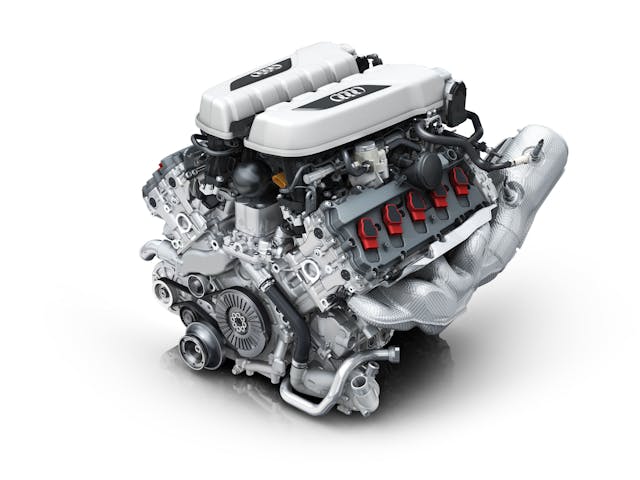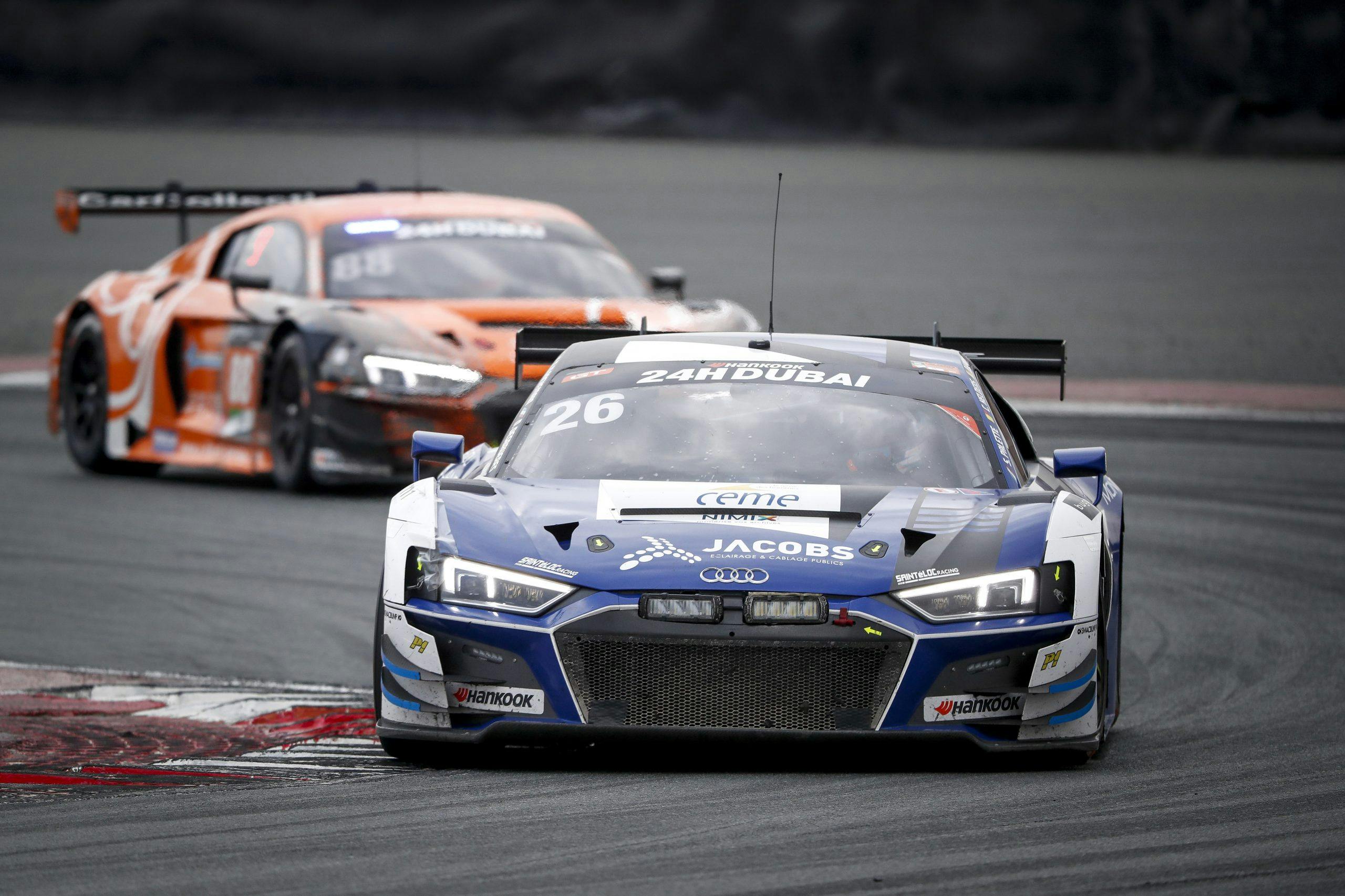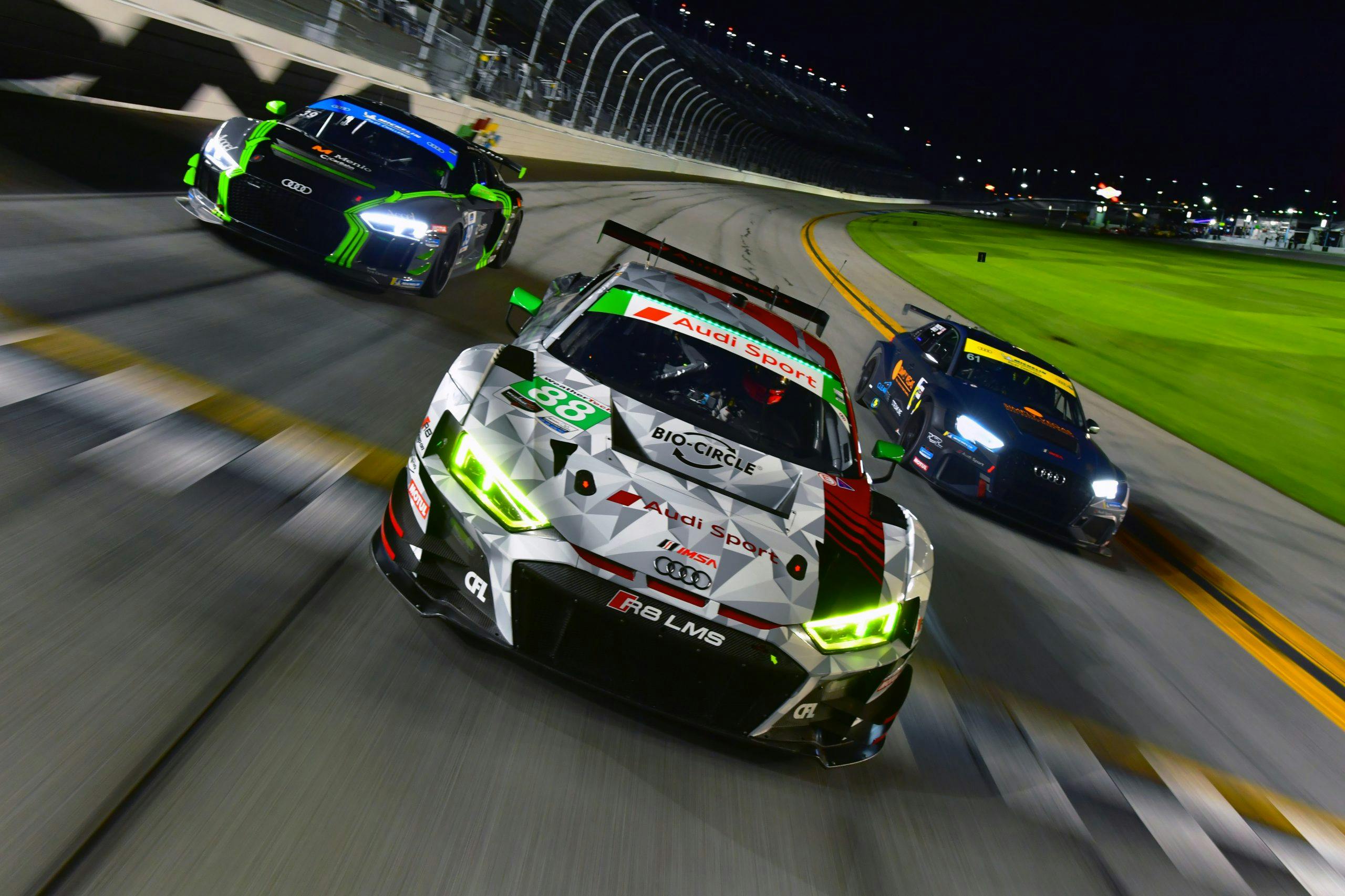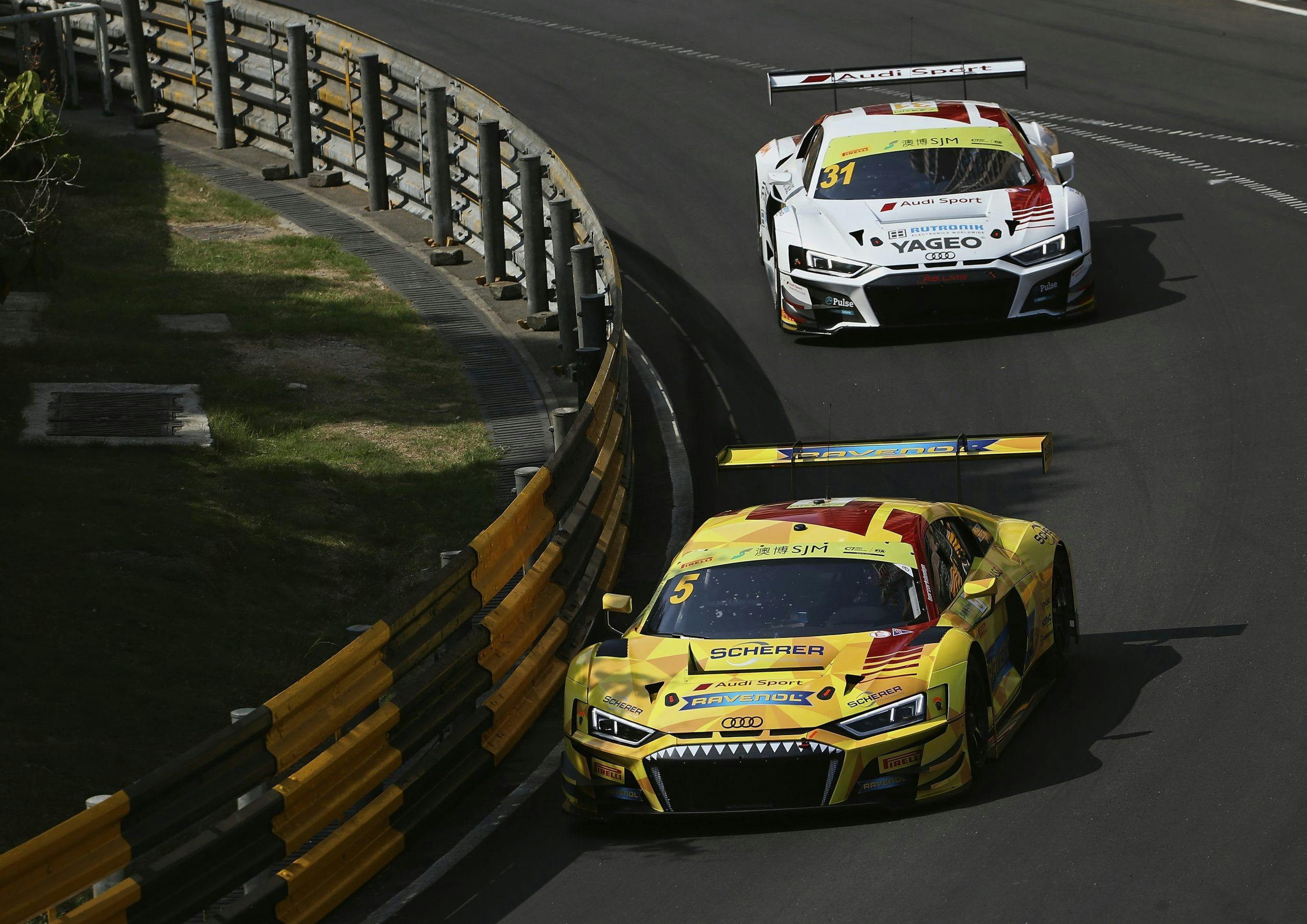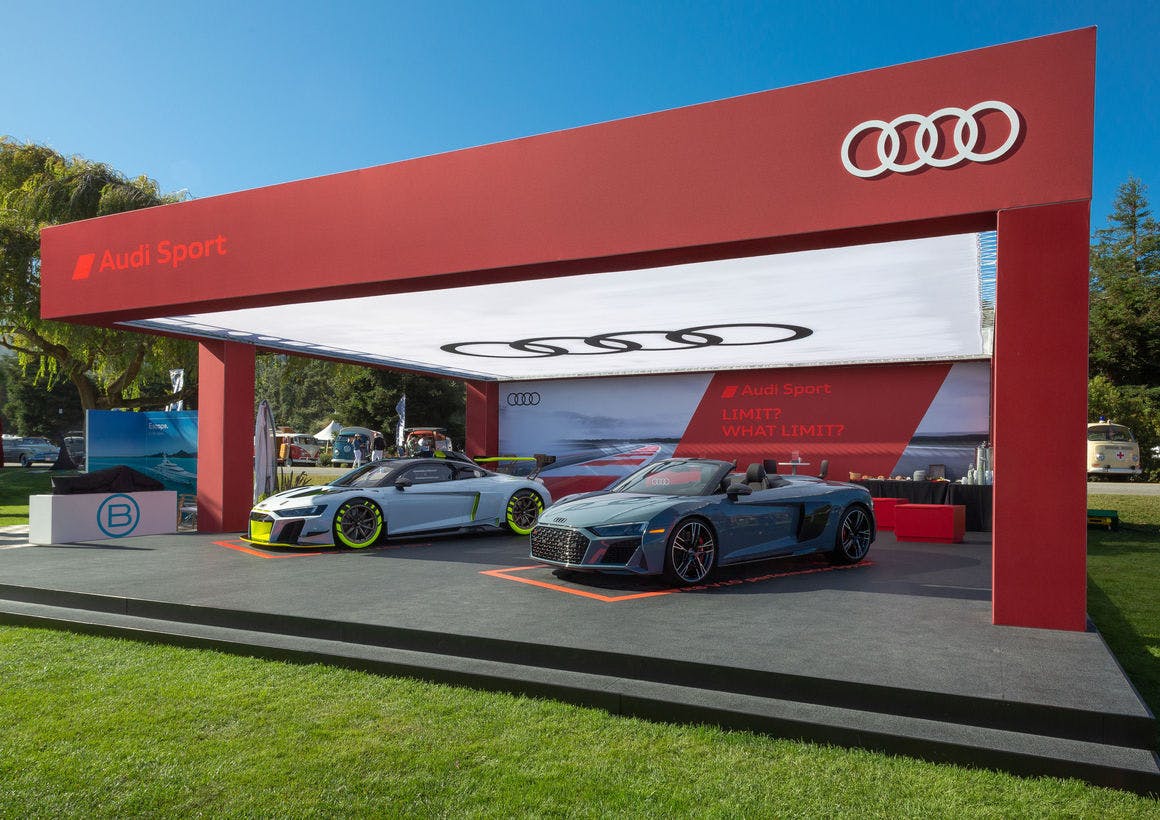What Audi added to Lamborghini’s V-10
As we dive into another Audi “Tech Talk,” we get a peek into the evolution of its unique V-10, an engine made in Hungary and originating from Italy. For the bigger picture, here’s the short version of a long story:
When Lamborghini was in trouble and wanted to get out of it by building a smaller high-volume car using Audi’s 4.2-liter V-8, Ferdinand Piëch decided to buy the entire company instead. That was partly because the Sant’Agata factory employed such experts as Maurizio Reggiani, who worked with gems including Bugatti’s 60-valve, quad-turbocharged 3.5-liter V-12 before nudging Lamborghini’s V-12 to higher and higher outputs. With that know-how incorporated into the VW Group, Audi created the car Lamborghini had in mind in the first place: the 4.2-liter V-8 Audi R8, based on the very same chassis into which Lamborghini put its new V-10—the Gallardo’s. Then, the R8 got upgraded to a tweaked V-10 by 2008.
Designed in-house by Lamborghini for the 2003 Gallardo, the original 5.0-liter Lamborghini engine was an unusual V-10 at the time; it came with a 90-degree V-angle and boasted dry-sump lubrication as standard. Yet once Audi got comfortable as Lamborghini’s parent company, the 5.0-liter engine, featuring a 3.46-inch cylinder bore spacing and even 72-degree firing interval, evolved into a 5.2-liter unit with 3.54-inch cylinder bore spacing and an uneven firing interval of either 54- or 90-degree separation. In other words, the same bore spacing as the 4.2 V-8’s, with the addition of its ‘Fuel Stratified Injection’ (FSI) system.
In a nutshell, this is what you need to know about the Audi 5.2 FSI, produced in Győr when the Hungarian factory is not under lockdown:
Granted, BMW’s F1-derived S85 V-10 is a great sounding engine, until it blows up in your face. Porsche’s similarly prototype-derived V-10 makes the Carrera GT one of the best-sounding supercars on the planet—but at a very high cost. And the Lexus LFA’s Yamaha-tuned 4.8-liter V-10? A similar ultra-limited edition story. All that leaves us with one mighty V-10 we can hear often enough, thanks to the numerous Lamborghinis and over 33,000 R8s sold so far: Audi’s 5.2. This naturally-aspirated ten-cylinder makes both the Lamborghini Huracán and the Audi R8 an absolute blast to drive, and allowed their racing car equivalents (in the case of the R8 LMS) to become worthy of a Nürburgring 24 Hours victory.
I drove a Lamborghini Huracán, and I also drove an Audi R8 V10 Plus to make sure this engine revs to its claimed 8700-rpm limit. I even went to the Nürburgring to see a green and white R8 LMS GT3 win after battling through 24 hours of the toughest endurance racing there is. There’s no question that this Lamborghini-Audi V-10 is an exceptional piece of engineering, and there’s a lot more we can learn about that aspect thanks to Audi’s Tech Talk:
“At its 8700 rpm limit, each one of the pistons found in the 10-cylinder Audi R8 engine is traveling approximately 88.3 feet every second. Putting it another way, adding up all 10 cylinders’ worth of work, the engine’s pistons can cover more than 600 mph. That’s about as fast as your standard domestic commercial aircraft. Each piston outpaces those found in today’s Formula One cars.
“The 90-degree Audi 5.2-liter V-10 Fuel Stratified Injection engine was born from the necessity that its performance exceeded the lofty expectations of a supercar customer with every drive, while still providing the refinement and smoothness of an Audi. Its FSI system was honed through development in Audi’s original Le Mans endurance race cars.”
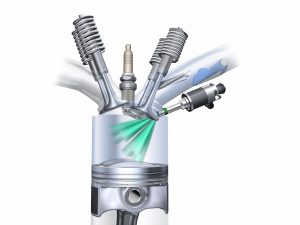
Audi would also like to remind us once again that this engine sounds exceptional at most of its rev range:
“In U.S. tune, the current, street-legal R8 V10 Performance is able to make 602 hp at 8100 rpm and 413 lb-ft of torque at 6700 rpm. That speed and the firing pattern of the cylinders—1-6-5-10-2-7-3-8-4-9—give the Audi R8 a hissing tenor exhaust note that builds to a crescendo. Where in turbocharged engines a turbocharger can act as a sound muffler in the engine, the naturally aspirated 5.2-liter FSI V-10 wails, with its exhaust baffles opening at higher rpm for full effect. The fact that the engine sits behind the driver and passenger further complements aural appeal.”

Remember when people talked about their “R8-powered” Audi S6 and S8 sedans? Well, they aren’t totally incorrect, but the racing parts of that R8 engine remained exclusive to the mid-engine space frame chassis:
“Unlike its sedan counterparts, the V-10 in the R8 had a different engine crank, designed for a lighter-weight, freer-revving engine and adopted dry-sump oil lubrication, which eliminated the need for a traditional oil pan. In its place, the R8 had and continues to have a baffle plate below the engine that collects outgoing oil and serves as a reservoir for cycling oil through the engine. The oil pump module consists of a suction and feed pump for filling the oil reservoir and a suction and pressure pump for supplying oil to the engine. This allowed engineers to mount the engine lower, which decreases the center of gravity of the vehicle. It also allows the engine to withstand higher lateral forces, as the oil pump will never be starved from cornering too aggressively. An oil cooler is run from the left-side air intake blade to keep the engine running cooler. The dry-sump lubrication system is identical from the road-going R8 to the R8 LMS GT3 race car, which can see much higher g-forces on tracks like Daytona and the Nürburgring due to extreme banking, slick tires, and aerodynamic changes increasing downforce.”
Track your second-generation S8 or third-gen S6 V-10, and you may learn about the difference in lubrication the hard way.
The current generation of 5.2-liter Audi V-10s still comes with 40 valves (two intake and two exhaust) per cylinder, but with titanium springs and rocker arms instead of the previous steel ones, as well as cylinder-on-demand technology in the name of efficiency—and, perhaps, as a nod to Audi’s straight-fives.
Under low to intermediate load conditions when you shift into one of the four upper gears, the V-10 shuts down its left or right cylinder bank by cutting fuel and ignition. Past 30 to 60 seconds in that five-cylinder mode, the sides alternate to keep catalytic converters within their ideal temperature range at all times.
Smart, but when you go for either the Quattro or the rear-drive R8 and give it the beans, that function just won’t come into play.
